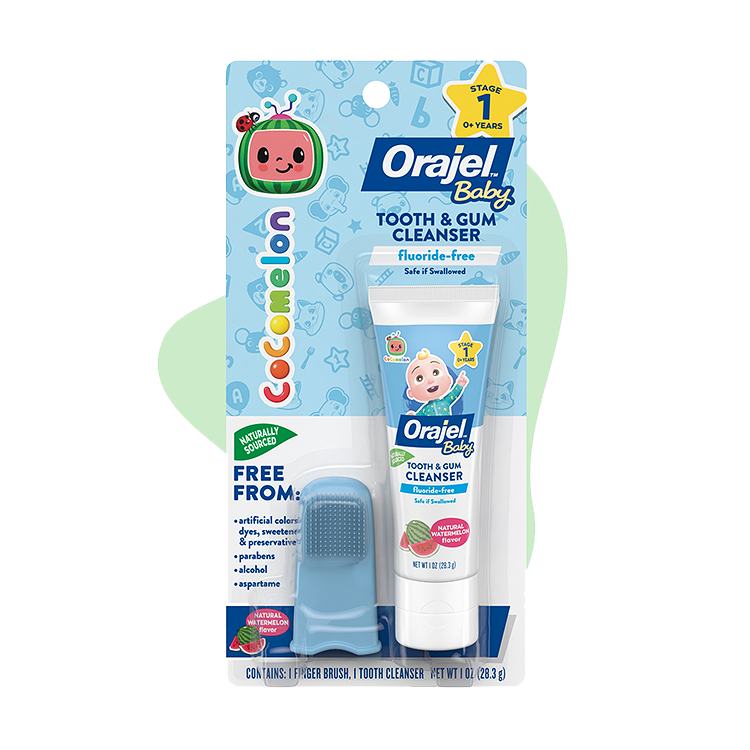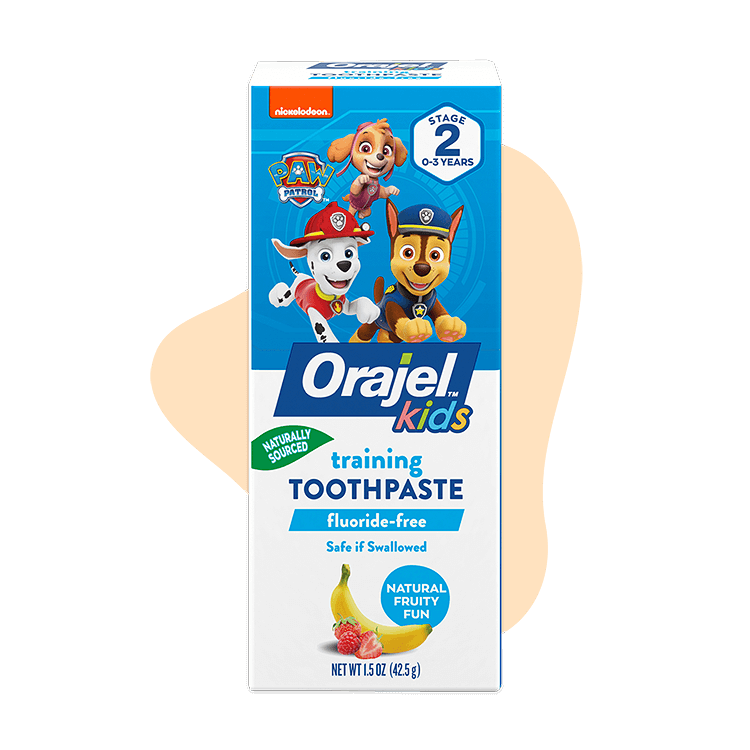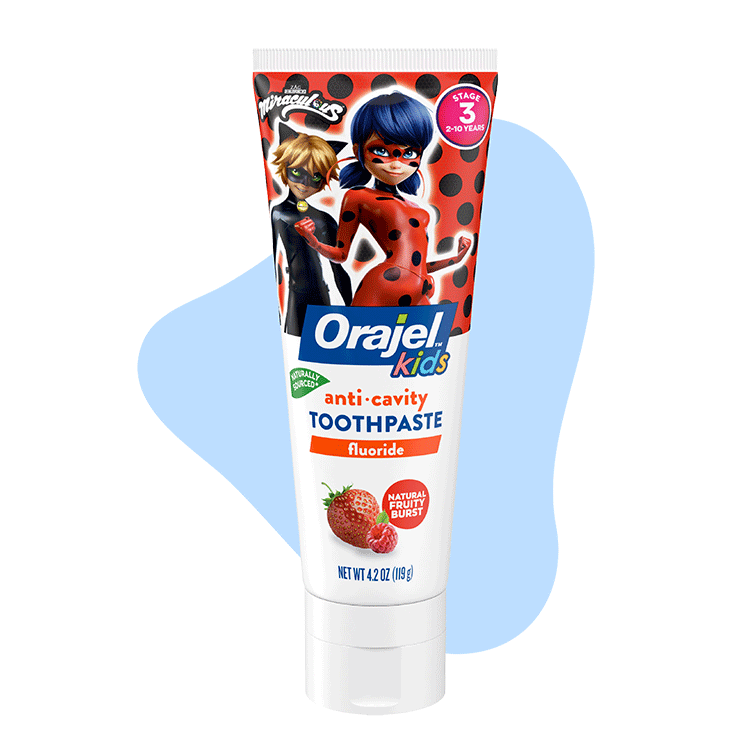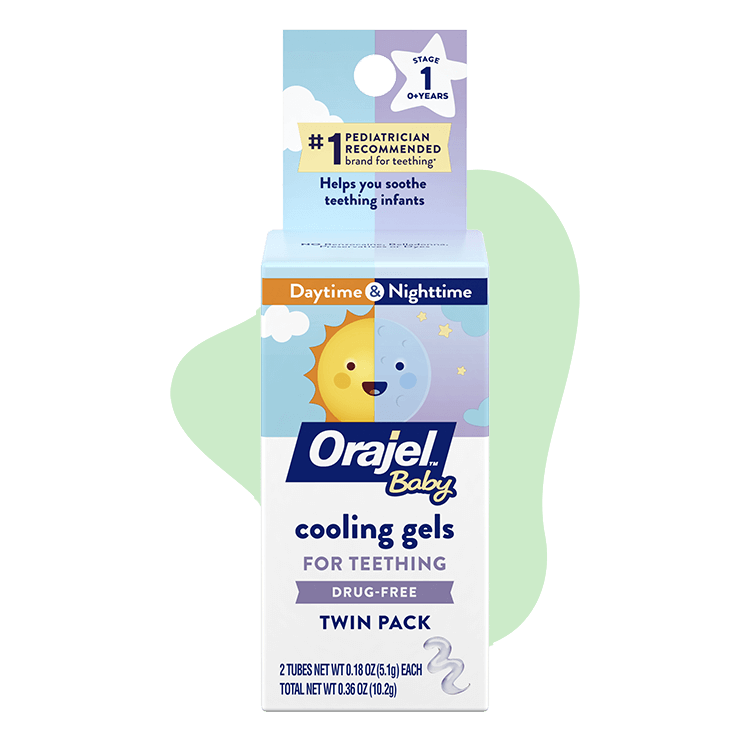Maintaining strong, healthy teeth for a smile that glows should be an everyday part of your oral care routine. But young parents should also know all about newborn oral care, so their infants have a good foundation when their milk teeth start to arrive! So, when should you start brushing infant teeth?
Let’s talk more about cleaning newborn’s mouths. We’ll talk about when you should start brushing your baby’s teeth, offer some tips for brushing, and discuss when you might consider using a finger brush versus a toothbrush.
When Should I Start Brushing Infant Teeth?
You should start brushing infant teeth as soon as you can see the first milk tooth erupting through your baby’s gums. And, just as you should brush twice per day, you should also brush your infant’s teeth twice per day.
Now, this timeline may look different for some parents vs. others depending on their infant’s teething timeline. Your infant might start cutting teeth at 6 months (the bottom central incisors usually come in first), or possibly even after 12 months.
What’s important is that you’re keeping tabs on your infant’s tooth eruption so you can start brushing once that first fleck of white appears. Not brushing infant teeth can result in cavities—in fact, baby teeth are often more prone to cavities than adult teeth. Plus, healthy baby teeth can help contribute to strong permanent teeth.
So, pay close attention to those small infant chompers! And if you can’t quite tell whether the first tooth has erupted, consider whether your little one has showcased any signs or symptoms to indicate they may be teething.
How to Brush a Baby’s Teeth
Just as teething is a new developmental phase for babies, the actual action of brushing is also something new for them. They aren’t used to having things in their mouth, so it’s important to be gentle, patient, and creative in trying to make the process more enjoyable.
Consider some of the following strategies for cleaning your newborn’s mouth:
Prepare Your Infant
You probably want your infant to relax just before you begin brushing their teeth. Consider resting them on your knee and singing them a gentle lullaby or reading to them before you start brushing.
Make Sure Teeth are Fully Visible
Use one hand to gently lift your baby’s lips to reveal all their teeth, including gums. You may choose to brush in stages, starting with the corners of the mouth before moving to the front teeth.
Use the Right Amount of Toothpaste
Use a tiny smear of Orajel™ Kids fluoride-free training toothpaste when brushing your baby’s teeth. These products are designed to clean teeth and gums, effectively removing food and plaque during brushing. They’re also safe to swallow when used as directed.
Orajel Kids™ fluoride-free training toothpastes are pediatrician recommended† and are designed to clean teeth and gums, effectively removing food and plaque during brushing. If your pediatrician recommends using fluoride toothpaste, ask them about using Orajel Kids™ Anticavity Toothpastes to help protect against cavities!
Brush in Circular Motion
Place the brush at a 45-degree angle (or as close as you can manage) and gently brush all around your infant’s teeth and gums in a circular motion. You want to brush twice a day for two minutes apiece, just as you would do yourself or if you were teaching your adolescent child how to brush their teeth.Provide a Distraction
Don’t be too alarmed if your kiddo gets squirmy while you're brushing their teeth. See if you can distract them by making a funny face or having your partner (if they’re around) talk to them during the brushing process.
Give Encouragement
Did your baby behave especially well during brushing? Offer them lots of smiles and encouragement! Giving them positive reinforcement can help provide positive associations with brushing their teeth. That might help make things that much easier on you as a parent the next time you clean your newborn’s mouth.
.jpg)
How to Use Finger Brush for Babies
While you don’t start brushing infant teeth until they first erupt through the gums, you want to clean your baby’s gums at birth. In these cases, you may be better off using a finger brush as opposed to a toothbrush. Not sure where to find finger brushes, or how to use them? Orajel™ Baby Tooth & Gum Cleansers can help clean your newborn’s gums before they start teething!
Brushing infant teeth and gums with a finger brush is the same process as using a soft-bristled toothbrush. Make sure your child is either sitting or lying down, whether on your lap or a surface. Apply just a dab of the fluoride-free toothpaste to the finger brush. Then, start moving the finger brush around their gums in a slow, circular motion.
The toothpaste formulas used for the Tooth & Gum Cleansers are naturally sourced*. Plus, cleansers are fluoride-free and safe if swallowed, when used as directed. That makes them the perfect option to help your infant get used to toothpaste and brushing their teeth.
Should I Brush My Baby’s Teeth Before or After They Have Milk?
You can probably brush your baby’s teeth before or after they have milk. Ultimately, you should consult your pediatrician and think about comfort levels when figuring out when to brush your baby’s teeth, especially at night and around nap time.
On the one hand, breast milk contains natural sugar that can sometimes cause plaque buildup over time, but it’s a rather small amount. Additionally, you might find that brushing your infant’s teeth before a bedtime feeding makes them restless. It’s also important to consider routines. The important thing is that you brush their teeth twice daily whenever those baby teeth erupt.
Orajel™ Products Help Serve All Newborn Oral Care Needs!
Starting the brushing process early will pay dividends for infant teeth and gums in the long run. Orajel™ Kids products help give parents options for fluoride (consult your physician for children under 2 years of age) and fluoride-free toothpastes that can fit your baby’s needs in different stages of their development!
Whether you have a 1-month-old and need Orajel™ Baby Tooth & Gum Cleansers or Orajel™ Kids Fluoride-Free Training Toothpaste or your doctor recommends you use Orajel™ Kids Anticavity Fluoride Toothpaste—try any number of flavors and fun character connections—to clean your baby’s teeth, find the Orajel™ product that works best! And, if your baby displays fussiness or irritation when teething, try Orajel™ Baby Cooling Gels for Teething, Orajel™ Baby Daytime Cooling Swabs for Teething, and Orajel™ Baby Daytime Cooling Tablets for Teething with Vitamin D to help soothe them in between brushing sessions!
*For non-fluoride. Over 99% naturally sourced for fluoride products. †among those who recommend a brand


.png)




